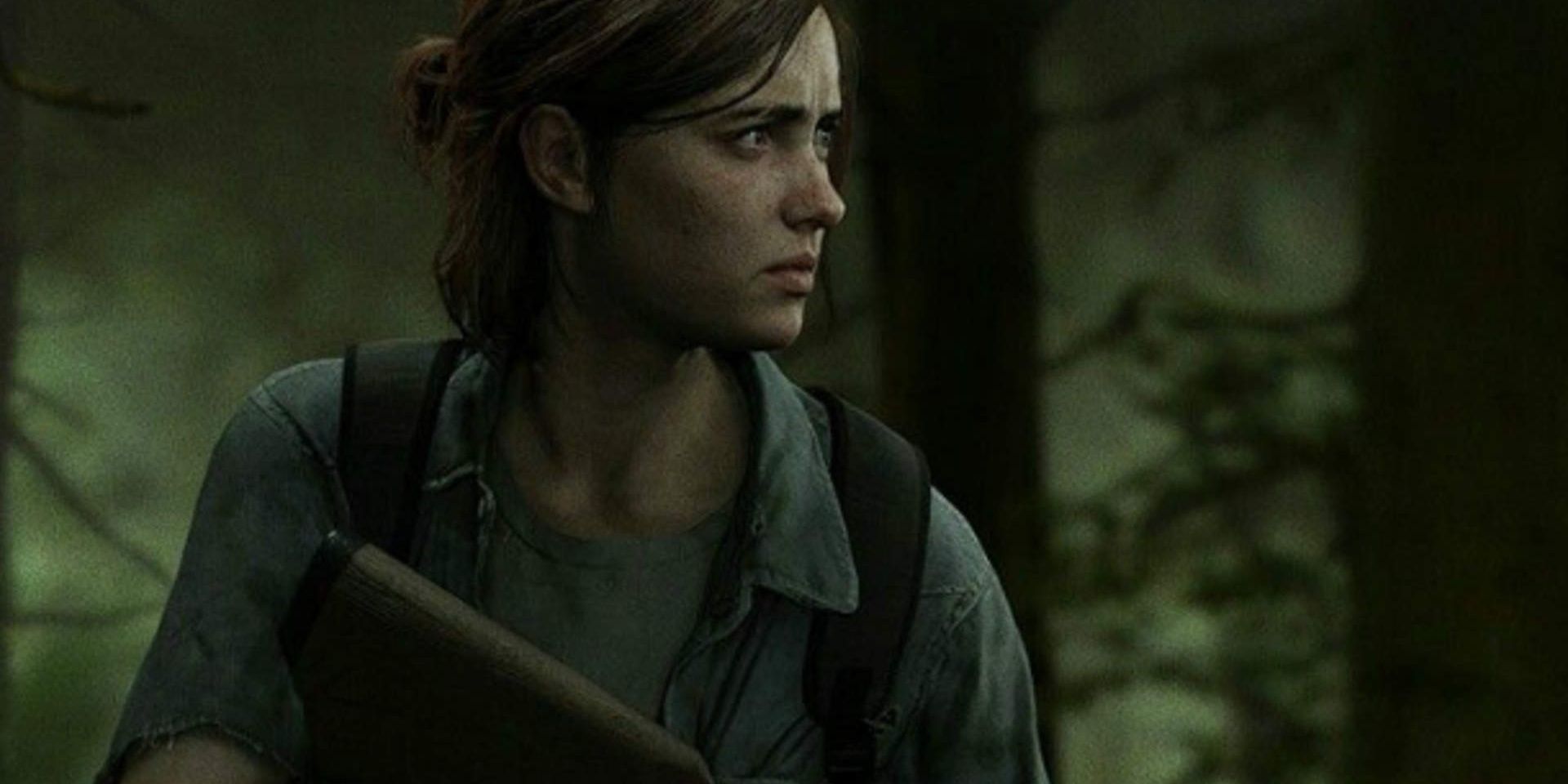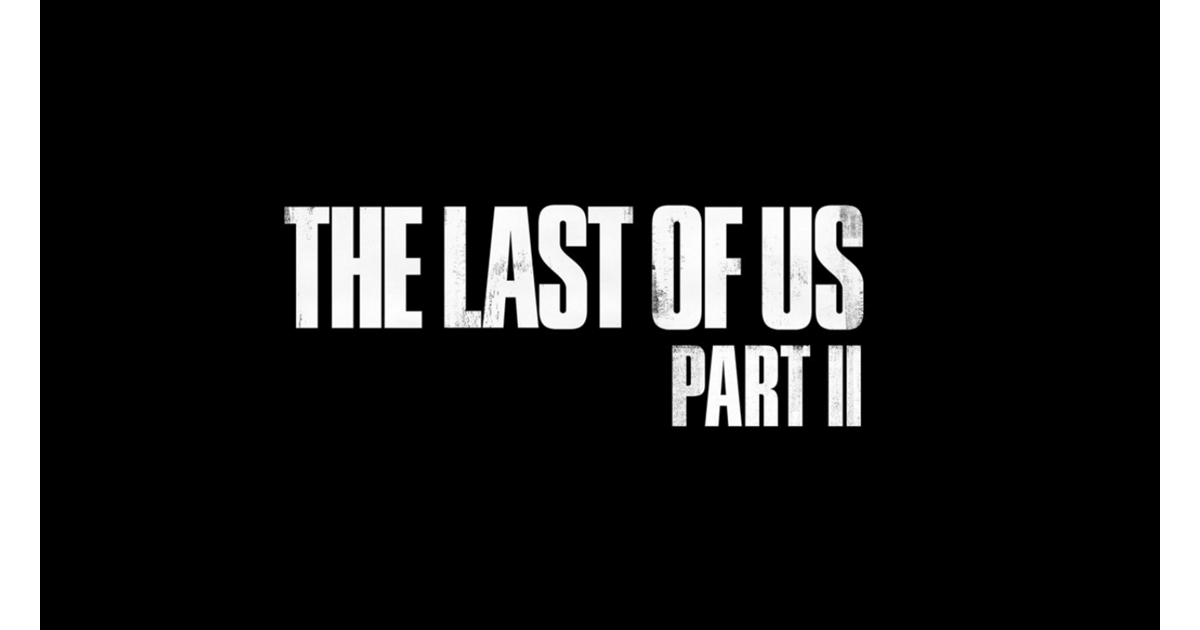kyliethicc
Member
"It's a true frontier of game design."
"Challenge and accessibility can coexist in harmony with the right design choices."
As part of our ongoing series looking at accessibility in games, we got in touch with some people working in the field for two of Sony's big first-party teams and asked them to tell us a bit about their work. From Insomniac Games, whose teams have done brilliant work with Ratchet & Clank: Rift Apart, and Marvel's Spider-Man: Miles Morales, we heard from director of experience, Brian Allgeier, and advanced senior user experience researcher, Michele Zorrilla. From Naughty Dog, who picked up the award for innovation in accessibility at the Game Awards in 2020, lead systems designer Matthew Gallant was kind enough to answer a few questions.

 www.eurogamer.net
www.eurogamer.net
Possibly a hard question to answer to start with: what is the biggest thing about accessibility design in games that a lot of people don't understand or aren't aware of?
Matthew Gallant: Accessibility is orthogonal to difficulty. Providing a "very light" difficulty option may remove barriers for some players, but others want to play on "grounded" or with permadeath enabled. (Shout out to SightlessKombat!) Challenge and accessibility can coexist in harmony with the right design choices.
To give an anecdote from development on The Last of Us Part 2: to adapt stealth gameplay for blind players, we prototyped an "invisible while prone" option. In our first accessibility playtest, we asked consultant Brandon Cole to try it out and give us feedback. We cheered as we watched him get his first stealth kill while using it, and overall his impressions were positive. However, he had one feature request: unlimited invisibility felt too generous, could we add an optional time limit?
What is the cornerstone of accessibility in games at the moment? Is there a set of features that you always build out from, or does it change from game to game?
Brian Allgeier: We first started developing accessibility features for Marvel's Spider-Man and at that time were only able to do a short list. This meant we had to prioritize the ones that would have the biggest impact. To address the widest audience with accessibility needs, we focused on large subtitles, speaker notation, and providing an option to change QTE button taps to holds. Those later were carried over to Marvel's Spider-Man: Miles Morales where we added 28 more features like high contrast mode, controller remapping, and chase assist. For Ratchet & Clank: Rift Apart, we were able to build off of Miles and expand our accessibility feature list to 53. While not every feature can be used from one game to the next, we continue to build a library of features that provide a foundation for all future games.
Matthew Gallant: Accessibility is fundamentally about good design. Games typically have their own unique needs and challenges in terms of accessibility features and implementation, but those choices are guided by universal design principles.
The Access Design Patterns framework breaks this down really well. A few that were particularly relevant for us were:
"Second Channel": any information provided through one channel (e.g. visual) should also be available through other channels (e.g. audio, haptics).
"Same Controls But Different": allow players to remap their control schemes, and provide alternatives for button holds, mashes, and chords.
"Clear Text": allow players to increase text size, colour, and contrast to improve legibility.
We're fortunate at Naughty Dog in that we own and develop our own game engine. This means that any functionality we develop for one game is a permanent investment in our technology, and can be carried on to future projects.
"Challenge and accessibility can coexist in harmony with the right design choices."
As part of our ongoing series looking at accessibility in games, we got in touch with some people working in the field for two of Sony's big first-party teams and asked them to tell us a bit about their work. From Insomniac Games, whose teams have done brilliant work with Ratchet & Clank: Rift Apart, and Marvel's Spider-Man: Miles Morales, we heard from director of experience, Brian Allgeier, and advanced senior user experience researcher, Michele Zorrilla. From Naughty Dog, who picked up the award for innovation in accessibility at the Game Awards in 2020, lead systems designer Matthew Gallant was kind enough to answer a few questions.

"It's a true frontier of game design": How Naughty Dog and Insomniac Games think about accessibility
As part of our ongoing series looking at accessibility in games, we got in touch with some people working in the field …
Possibly a hard question to answer to start with: what is the biggest thing about accessibility design in games that a lot of people don't understand or aren't aware of?
Matthew Gallant: Accessibility is orthogonal to difficulty. Providing a "very light" difficulty option may remove barriers for some players, but others want to play on "grounded" or with permadeath enabled. (Shout out to SightlessKombat!) Challenge and accessibility can coexist in harmony with the right design choices.
To give an anecdote from development on The Last of Us Part 2: to adapt stealth gameplay for blind players, we prototyped an "invisible while prone" option. In our first accessibility playtest, we asked consultant Brandon Cole to try it out and give us feedback. We cheered as we watched him get his first stealth kill while using it, and overall his impressions were positive. However, he had one feature request: unlimited invisibility felt too generous, could we add an optional time limit?
What is the cornerstone of accessibility in games at the moment? Is there a set of features that you always build out from, or does it change from game to game?
Brian Allgeier: We first started developing accessibility features for Marvel's Spider-Man and at that time were only able to do a short list. This meant we had to prioritize the ones that would have the biggest impact. To address the widest audience with accessibility needs, we focused on large subtitles, speaker notation, and providing an option to change QTE button taps to holds. Those later were carried over to Marvel's Spider-Man: Miles Morales where we added 28 more features like high contrast mode, controller remapping, and chase assist. For Ratchet & Clank: Rift Apart, we were able to build off of Miles and expand our accessibility feature list to 53. While not every feature can be used from one game to the next, we continue to build a library of features that provide a foundation for all future games.
Matthew Gallant: Accessibility is fundamentally about good design. Games typically have their own unique needs and challenges in terms of accessibility features and implementation, but those choices are guided by universal design principles.
The Access Design Patterns framework breaks this down really well. A few that were particularly relevant for us were:
"Second Channel": any information provided through one channel (e.g. visual) should also be available through other channels (e.g. audio, haptics).
"Same Controls But Different": allow players to remap their control schemes, and provide alternatives for button holds, mashes, and chords.
"Clear Text": allow players to increase text size, colour, and contrast to improve legibility.
We're fortunate at Naughty Dog in that we own and develop our own game engine. This means that any functionality we develop for one game is a permanent investment in our technology, and can be carried on to future projects.






